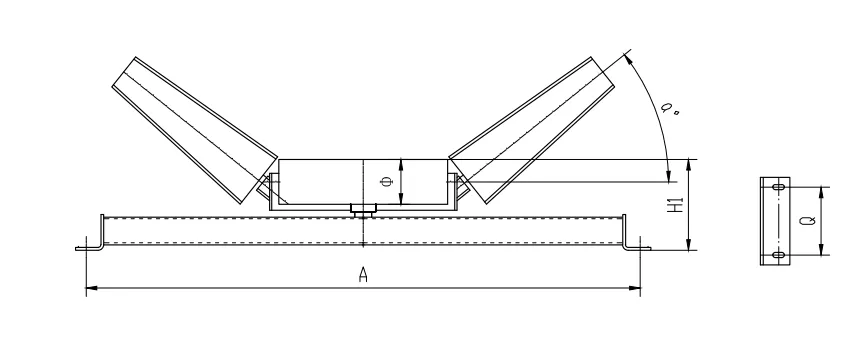 Afrikaans
Afrikaans  Albanian
Albanian  Amharic
Amharic  Arabic
Arabic  Armenian
Armenian  Azerbaijani
Azerbaijani  Basque
Basque  Belarusian
Belarusian  Bengali
Bengali  Bosnian
Bosnian  Bulgarian
Bulgarian  Catalan
Catalan  Cebuano
Cebuano  Corsican
Corsican  Croatian
Croatian  Czech
Czech  Danish
Danish  Dutch
Dutch  English
English  Esperanto
Esperanto  Estonian
Estonian  Finnish
Finnish  French
French  Frisian
Frisian  Galician
Galician  Georgian
Georgian  German
German  Greek
Greek  Gujarati
Gujarati  Haitian Creole
Haitian Creole  hausa
hausa  hawaiian
hawaiian  Hebrew
Hebrew  Hindi
Hindi  Miao
Miao  Hungarian
Hungarian  Icelandic
Icelandic  igbo
igbo  Indonesian
Indonesian  irish
irish  Italian
Italian  Japanese
Japanese  Javanese
Javanese  Kannada
Kannada  kazakh
kazakh  Khmer
Khmer  Rwandese
Rwandese  Korean
Korean  Kurdish
Kurdish  Kyrgyz
Kyrgyz  Lao
Lao  Latin
Latin  Latvian
Latvian  Lithuanian
Lithuanian  Luxembourgish
Luxembourgish  Macedonian
Macedonian  Malgashi
Malgashi  Malay
Malay  Malayalam
Malayalam  Maltese
Maltese  Maori
Maori  Marathi
Marathi  Mongolian
Mongolian  Myanmar
Myanmar  Nepali
Nepali  Norwegian
Norwegian  Norwegian
Norwegian  Occitan
Occitan  Pashto
Pashto  Persian
Persian  Polish
Polish  Portuguese
Portuguese  Punjabi
Punjabi  Romanian
Romanian  Russian
Russian  Samoan
Samoan  Scottish Gaelic
Scottish Gaelic  Serbian
Serbian  Sesotho
Sesotho  Shona
Shona  Sindhi
Sindhi  Sinhala
Sinhala  Slovak
Slovak  Slovenian
Slovenian  Somali
Somali  Spanish
Spanish  Sundanese
Sundanese  Swahili
Swahili  Swedish
Swedish  Tagalog
Tagalog  Tajik
Tajik  Tamil
Tamil  Tatar
Tatar  Telugu
Telugu  Thai
Thai  Turkish
Turkish  Turkmen
Turkmen  Ukrainian
Ukrainian  Urdu
Urdu  Uighur
Uighur  Uzbek
Uzbek  Vietnamese
Vietnamese  Welsh
Welsh  Bantu
Bantu  Yiddish
Yiddish  Yoruba
Yoruba  Zulu
Zulu main parts of belt conveyor
Main Parts of a Belt Conveyor
Belt conveyors are crucial in various industries, providing efficient methods for transporting materials from one point to another. They are widely used in manufacturing, mining, packaging, and other sectors. Understanding the main components of a belt conveyor is essential for optimizing its operation, maintenance, and performance.
1. Belt
The belt is the most critical component of a belt conveyor system. It is typically made from materials such as rubber, PVC, or fabric, depending on the application's specific needs. The belt transports materials along the conveyor's length and comes in various widths and lengths. A well-maintained belt ensures smooth operation and load stability. Factors such as load capacity, speed, and the material's characteristics influence the choice of the conveyor belt.
2. Pulley
Pulleys are essential for the operation of belt conveyors, serving as the rotating components that guide the belt along its path. A typical belt conveyor has two types of pulleys the drive pulley and the idler pulley. The drive pulley is powered by a motor, enabling the belt to move, while the idler pulleys support the belt and help maintain tension. Proper alignment and maintenance of pulleys are crucial, as any misalignment can lead to uneven belt wear and potential system failures.
3. Drive Unit
The drive unit is responsible for powering the belt conveyor. It typically consists of an electric motor, gearbox, and associated components. The motor provides the necessary power to move the belt, while the gearbox adjusts the motor’s output to achieve the desired speed and torque. Selecting the right drive unit is vital for ensuring that the conveyor can handle the intended load and speed efficiently. Regular checks and maintenance of the drive unit facilitate consistent operation and can prevent unexpected downtime.
4. Idlers
main parts of belt conveyor

Idlers are rollers that support the belt and reduce friction as the belt moves along the conveyor. They are strategically placed throughout the conveyor system to maintain tension, provide stability, and carry the load. Idlers help ensure that the belt maintains its shape and doesn’t sag, which is essential for maintaining the overall efficiency of the system. Different types of idlers exist, including trough idlers, flat idlers, and return idlers, each designed for specific applications and materials.
5. Frame
The frame is the skeletal structure of the belt conveyor, providing support and maintaining alignment of all components. It is typically constructed from steel or aluminum, designed to withstand the weight and stress of the conveyed material. A sturdy frame is essential for minimizing vibrations and ensuring the system remains level, preventing issues that might arise from misalignment. The design of the frame also plays a role in the ease of maintenance, as it should allow for easy access to key components.
6. Support Structure
Along with the frame, the support structure elevates the conveyor system to the desired height and provides stability. This structure can consist of legs, casters, or a combination, depending on the setup's requirements. A well-engineered support structure is vital for safety, ensuring the conveyor does not tip or sway during operation. Proper installation and regular inspections can significantly enhance the conveyor's longevity.
7. Controlling Systems
Modern belt conveyors often integrate sophisticated control systems that monitor and regulate their operation. These systems include sensors, switches, and programmable logic controllers (PLCs) that ensure the conveyor operates at optimal efficiency. They can help detect issues such as belt misalignment or overload conditions, allowing for prompt interventions that prevent damage and downtime.
Conclusion
Understanding the main parts of a belt conveyor—such as the belt, pulley, drive unit, idlers, frame, support structure, and controlling systems—can significantly enhance the efficiency and safety of material handling processes. Regular maintenance and appropriate selection of components tailored to specific applications are critical to achieving reliable and prolonged conveyor performance. By taking these factors into account, industries can optimize their operations and ensure smooth material flow within their facilities.
-
Revolutionizing Conveyor Reliability with Advanced Rubber Lagging PulleysNewsJul.22,2025
-
Powering Precision and Durability with Expert Manufacturers of Conveyor ComponentsNewsJul.22,2025
-
Optimizing Conveyor Systems with Advanced Conveyor AccessoriesNewsJul.22,2025
-
Maximize Conveyor Efficiency with Quality Conveyor Idler PulleysNewsJul.22,2025
-
Future-Proof Your Conveyor System with High-Performance Polyurethane RollerNewsJul.22,2025
-
Driving Efficiency Forward with Quality Idlers and RollersNewsJul.22,2025





























